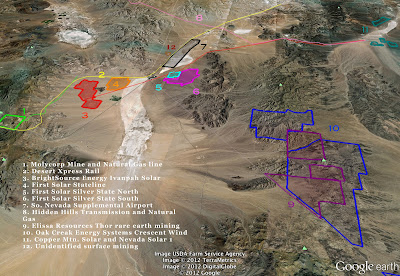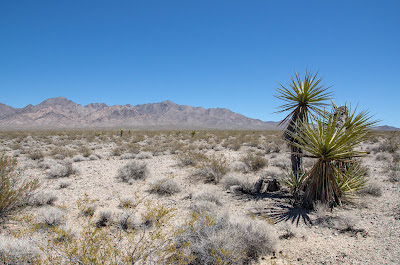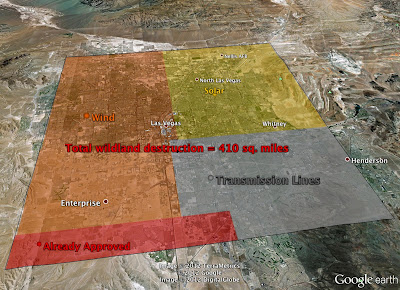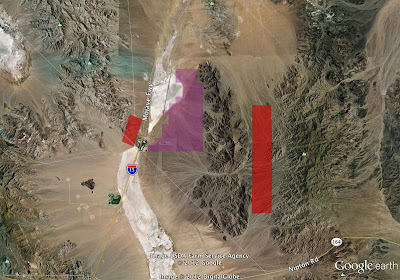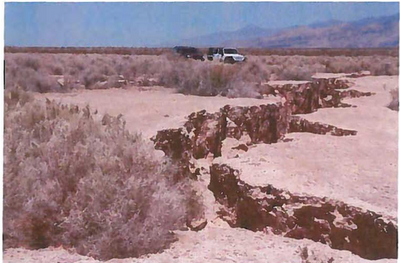Calico Solar Project Not Paying the Bills

The owner of the stalled Calico Solar project is asking for a deferral on nearly 600,000 dollars in rent owed for reserving a large swath of public lands. You might remember the long saga of the proposed Calico Solar project, which will destroy up to six square miles of desert habitat in the central Mojave Desert if California and Bureau of Land Management (BLM) officials give K Road Power the green light to convert the previously approved plans from solar thermal to photovoltaic technology. The short version is that the initial project plans were approved in late 2010 despite environmental concerns, but the previous owner went bankrupt and sold the project to K Road Power, which decided to alter the plans enough to warrant further environmental review. After K Road acquired the project, Southern California Edison withdrew its agreement to buy power from it, and now K Road is stymied by unspecified issues with transmission lines. The project would require expensive new transmiss
